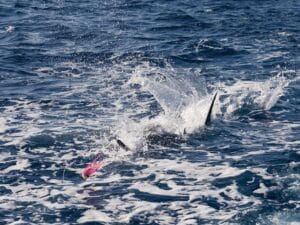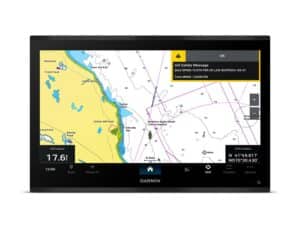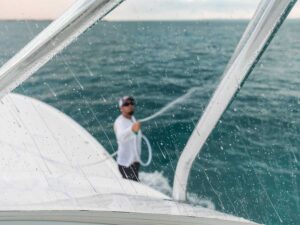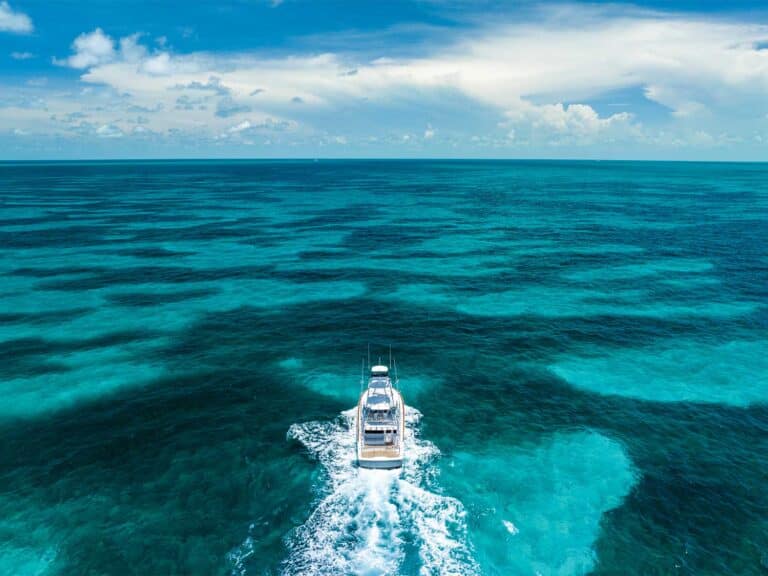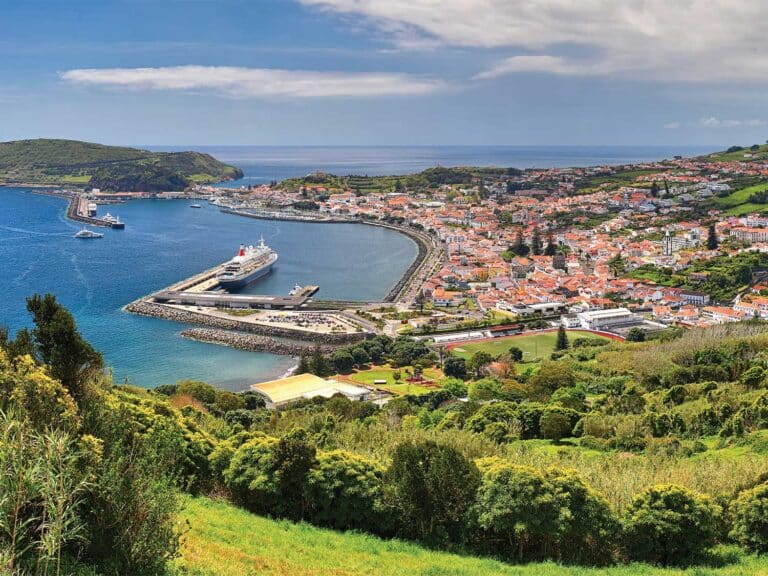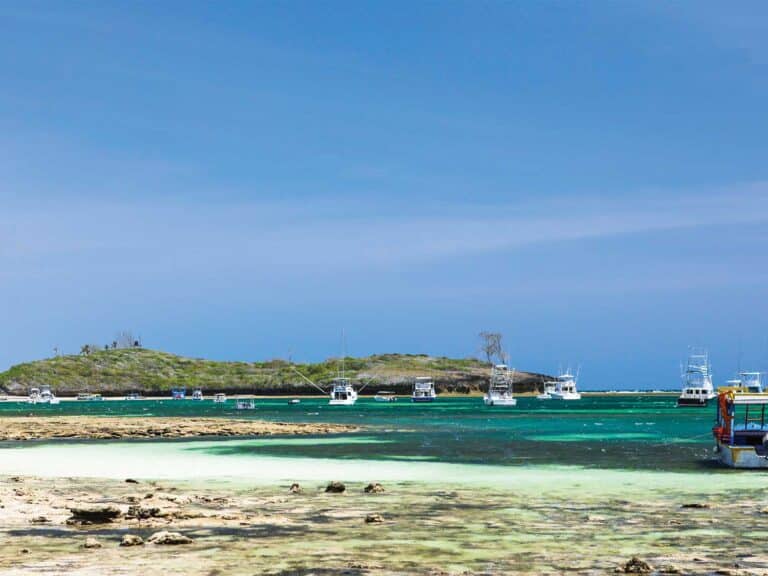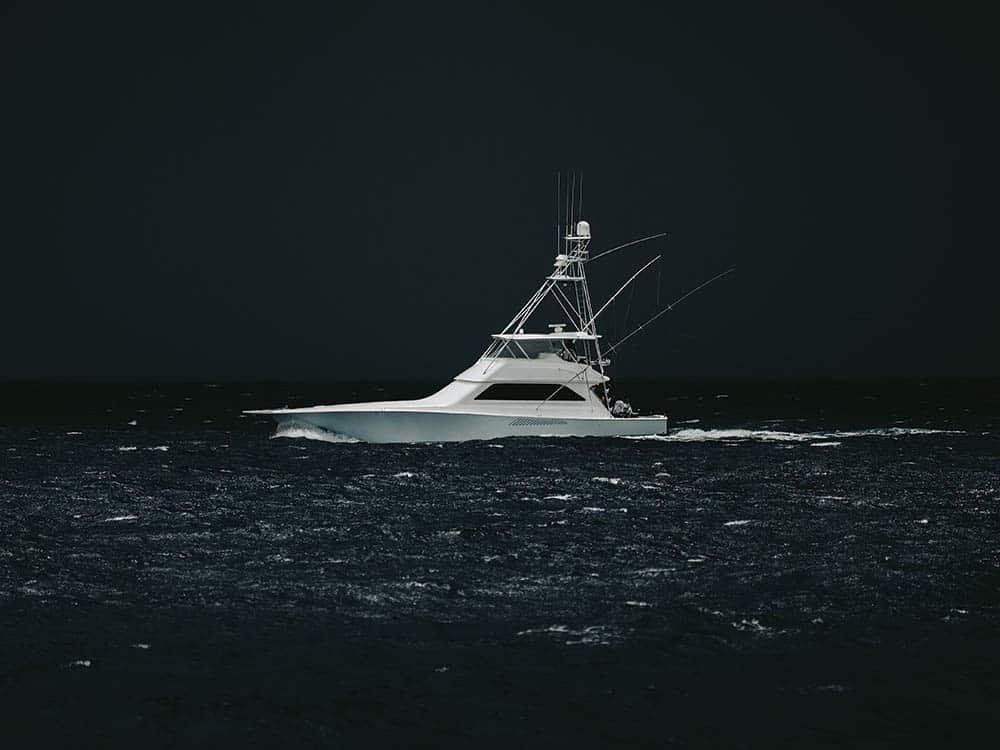
Fishing in places like the Gulf of Mexico, the boat needs to be at the oil rigs well before first light, with lines in the water at sunrise. Ten years ago, you had to run blind through the darkness; even radar wasn’t completely safe, since it wouldn’t pick up a dead head jutting just a few feet above the water, or a shipping container floating right at the surface. A collision with either one could put your crew in the water and your vessel on the bottom, and it’s happened. Ten years ago is around the time when FLIR came online for civilian use, and since then, Capt. Danny Veid of Amarula Sun, currently a Viking 80, has been getting safely to the fishing grounds with these high-tech eyeballs.
“We have a bunch of boats besides the Viking. A 70 Trinity, a 75 Princess and a couple of center consoles,” he says.
How many of them have FLIR? “All of them. Every one.”
Infrared Versus Night Vision
Once, night vision was the hot ticket, but today, hardly a sport-fisher leaves the cradle without infrared imaging equipment on board. There are handheld monocles and an array of fixed-mount equipment to cut through the darkest night to fit any budget. In our research, though, yacht builders from Jarrett Bay to Viking say that for their customers, cost is of little concern when properly equipping their vessels for long-range navigation at night.
The first thing you need to know about infrared imaging is that it isn’t dependent on light at all, nor is it impacted by light. You can turn on an IR camera and see the same image at midnight as at noon — no more, no less. Only the sun’s heat will change the image by brightening those surfaces exposed to the sun’s radiation as they warm up.
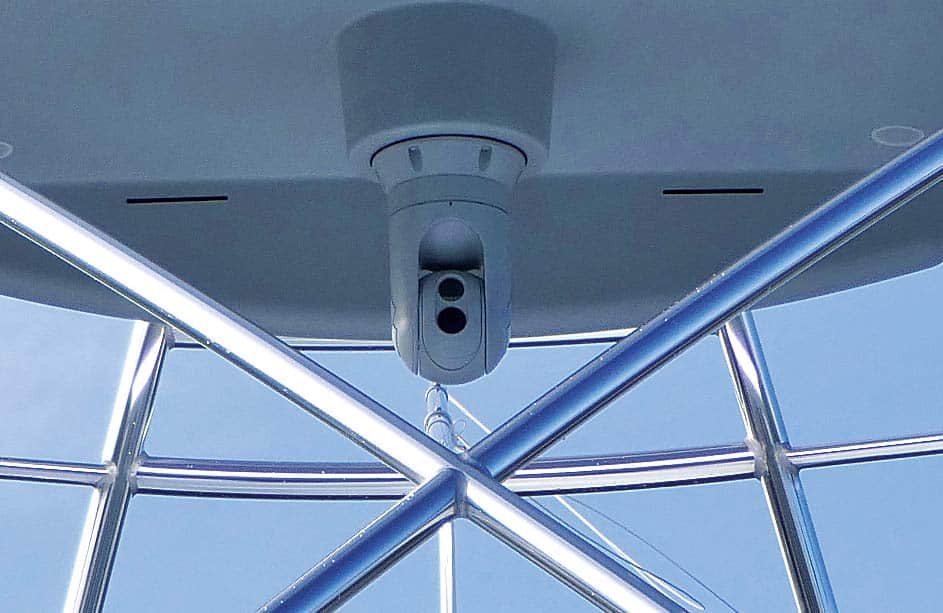
Night vision isn’t exactly a thing of the past, but it is inferior to IR and, in most cases, used in navigation only as a backup to IR. Night vision requires some ambient light to be transmitted through the optics so the electronics can amplify and transmit it to the eye. The image is usually tinted an eerie green and, in some cases, might be of higher resolution than IR; however, it often reveals few details you couldn’t already make out with good eyes accustomed to the night.
However, FLIR’s new M-Series has standard stabilization, 640-by-480 IR resolution and a Sony low-light camera capable of returning a detailed image in just 0.1 of 1 lux of light (for reference, a clear night with a full moon can reflect a 0.36 lux).
The Benefits of Resolution
It’s the infrared resolution that accounts for much of the difference in the cost of IR camera equipment. While many boaters opt for lower-resolution cams, say 320-by-240 resolution, range is limited by the resolution. That’s because the measurement of 320-by-240 represents the pixels in the image. At a range of a half-mile, a man overboard might appear as only a single pixel on the screen, if at all in a low-resolution camera. You have a much better chance of spotting the same man overboard out to three-quarters of a mile with a high-resolution scope. For emergency use at sea, low-res might offer a false sense of security and economy. Hi-res is the way to go.
Product Comparisons
“In a tournament, we often run 250 miles each way and run in the dark a lot,” says Veid. “Four different screen-color options help us get the contrast right in different humidity. I was surprised at the distance we spotted some targets. On a recent trip, we saw dredges and ships much farther than any other infrared equipment we’ve used before.”
On Amarula Sun, the FLIR unit is inverted on the flybridge hardtop. “We did that so we can see 360 degrees around us, which is especially useful when we are towing a smaller boat,” says Veid. “We can see the FLIR image on every TV and multifunction display on the boat.”
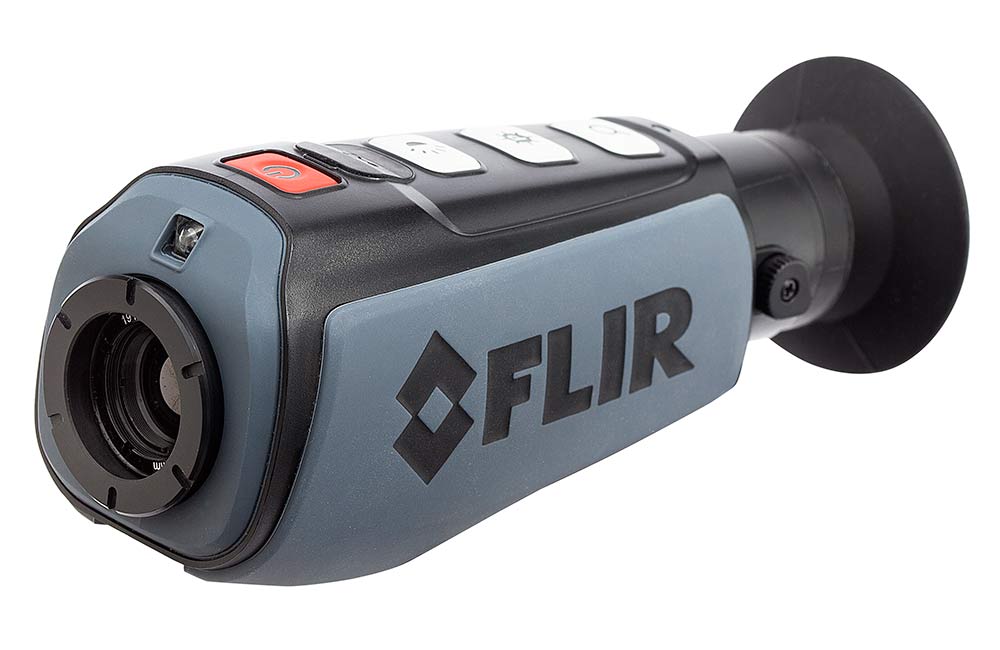
FLIR’s latest and greatest gear is the M Series NG. In bluewater cruising, image stabilization is mandatory, but it used to be an expensive added cost that is now standard in the M Series NG.
When you order a new Viking equipped with FLIR, Todd Talley of Atlantic Marine Electronics will install it, and though he once would’ve gone with the M625S with the Tau 1 engine, now you’ll get the latest M617CS ($29,995) with the Tau 2. To get an idea of Tau 2’s sophistication, consider FLIR sells the Tau 2 to BMW in another product for use in collision-avoidance on the highway.
You can use it in conjunction with all other MFDs, but with Raymarine, there are special integration features that give control through the MFD as well as the external controller.
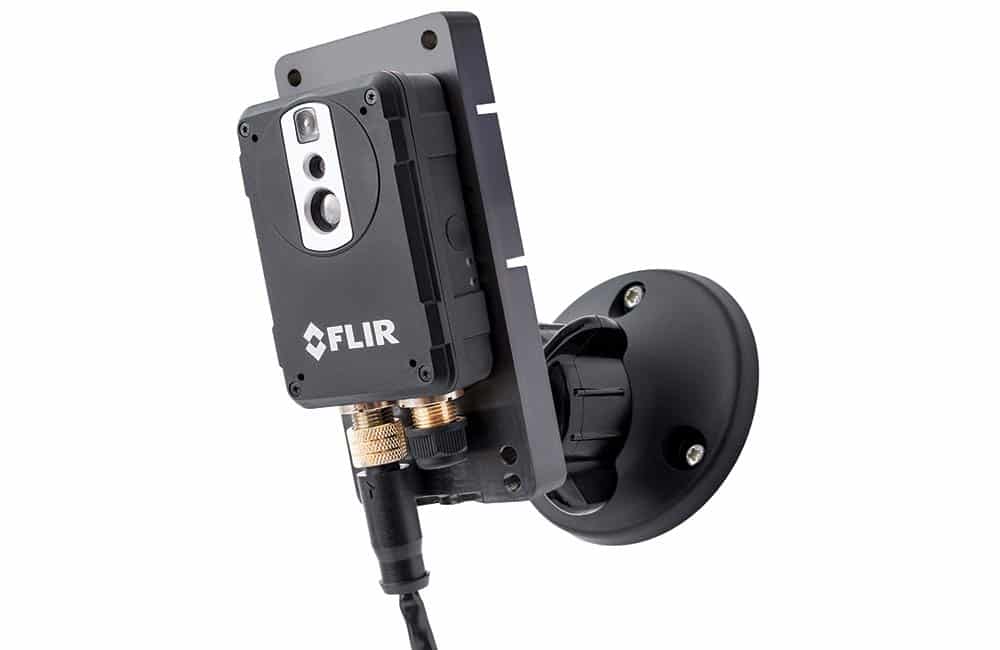
And if you think IR is just for night running, think again. FLIR’s AX8 cam uses both a color imaging camera and IR to create an excellent image of the engine room, for instance. With it, you can detect hot spots on the powerplants — they are easy to identify thanks to the contrasting outline provided by the camera image overlay. These images can be invaluable in troubleshooting engine malfunctions on the fly.
A handheld monocle like the FLIR Scout is an ideal helm companion to the fixed-mount devices, and you might as well go for the 680-by-340 resolution ($3,995) for the best eyeball view of your surroundings.
A lot has changed in the past 10 years to give you better situational awareness on the water, and passionate billfishing teams are investing in it, heavily.

